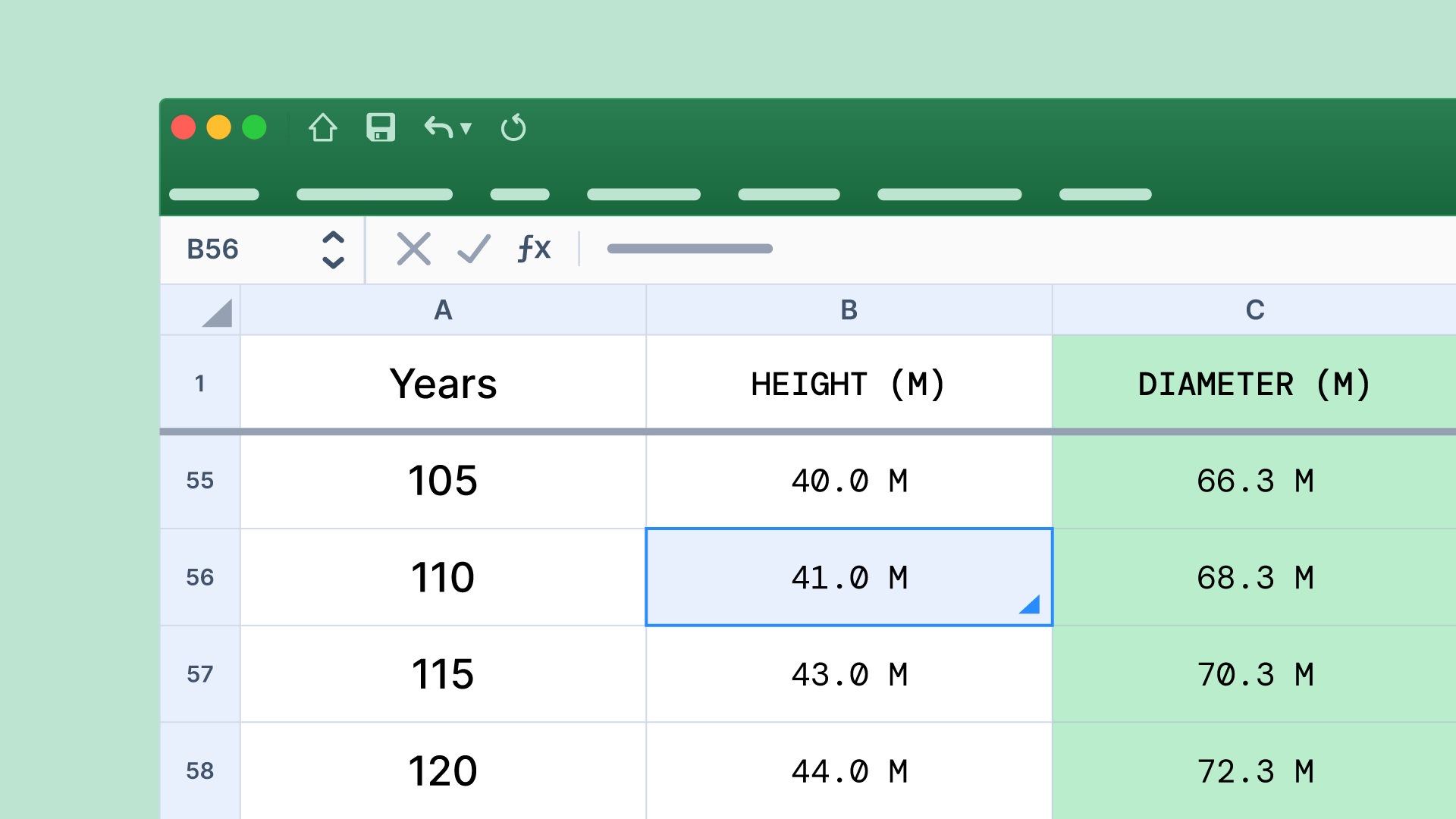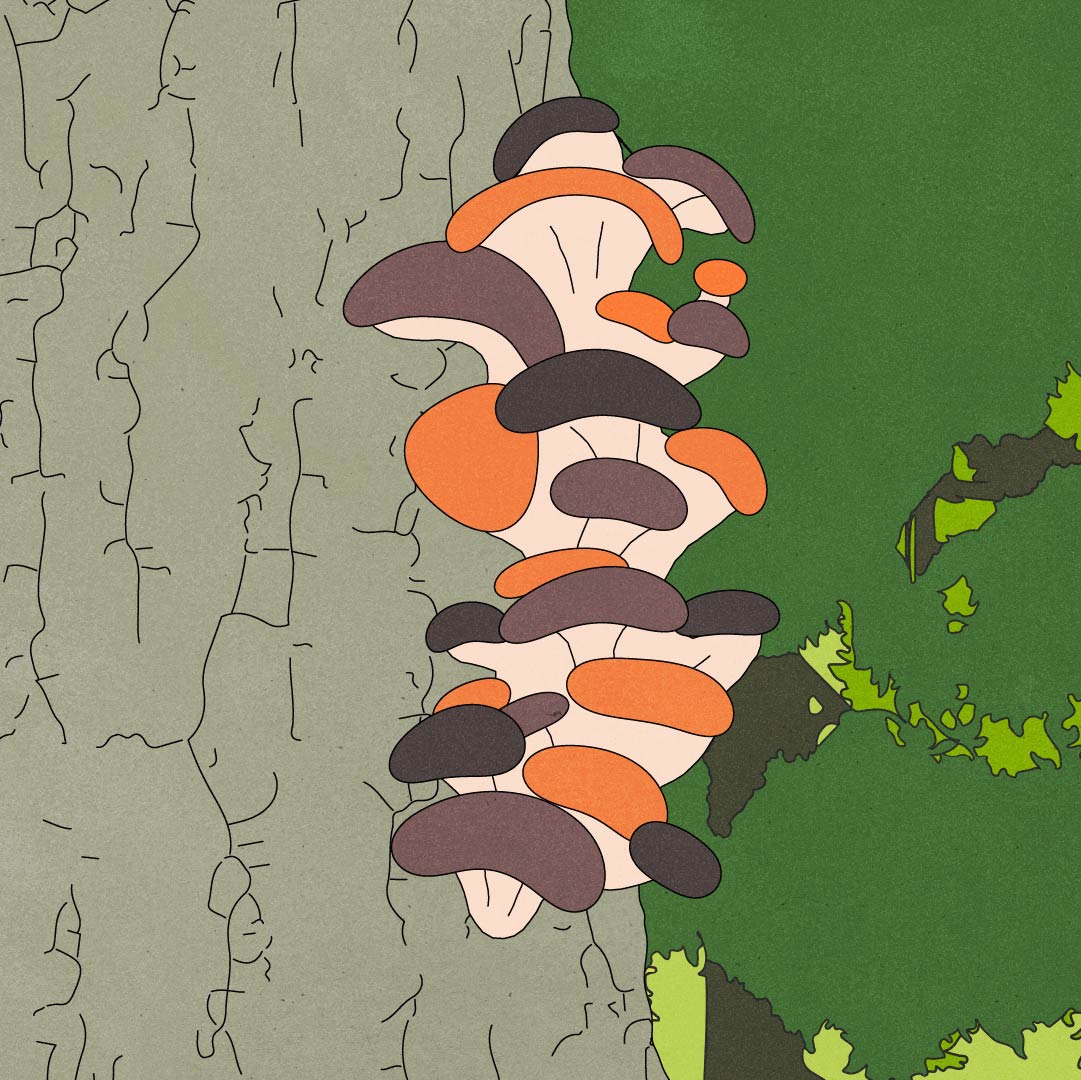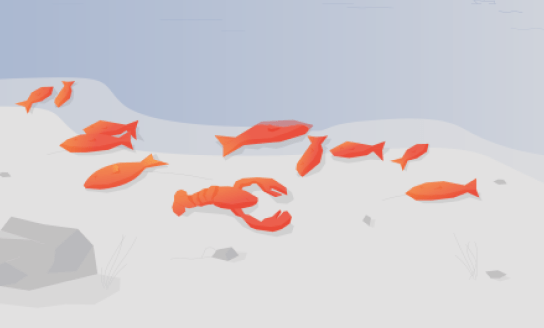Life4Forest
Sustainable forestry explained
“How do we grow forests that are fit to handle future climate challenges while ensuring stable income for forest owners? We have helped LIFE4forest communicate this. The result is an ambitious 3-minute animation explaining the ideas behind the new growth model called ‘Close-To-Nature Forestry’.
A tree is not just a tree
To bring the new and complex forestry method to life, we first had to dig deep into its core principles to understand. Many meetings and excursions into the forest helped us grasp the concept and also served as great inspiration for our visual creation, for example, the six different tree species shown below.
Close-to-Nature Forestry is a method of cultivating forests with the goal of producing timber. It focuses on promoting multiple tree species, and it is based on the principle that trees regenerate naturally. Within a small area, there are multiple tree species of varying ages and sizes.

120 years of data explained in a few seconds
Trees don’t all grow at the same pace. There are major differences in how big they get, how old they become, and when they should be harvested. When establishing new forests, it’s beneficial to follow close-to-nature principles with a mix of tree species. There are many good reasons for this. One of them can be found in a large set of data collected over a 120-year period, tracking tree growth. We simplified the data and improved the presentation with the use of illustrations and a few seconds of animations.


Forest diversity from different perspectives
In addition to economic and climate benefits, the growth model has proven to significantly support forest biodiversity. This is not just a claim, but clearly described and documented through specific species of plants, animals, and microorganisms. That’s why we made it a key priority to highlight and bring this diversity to life in the storytelling and representation.








